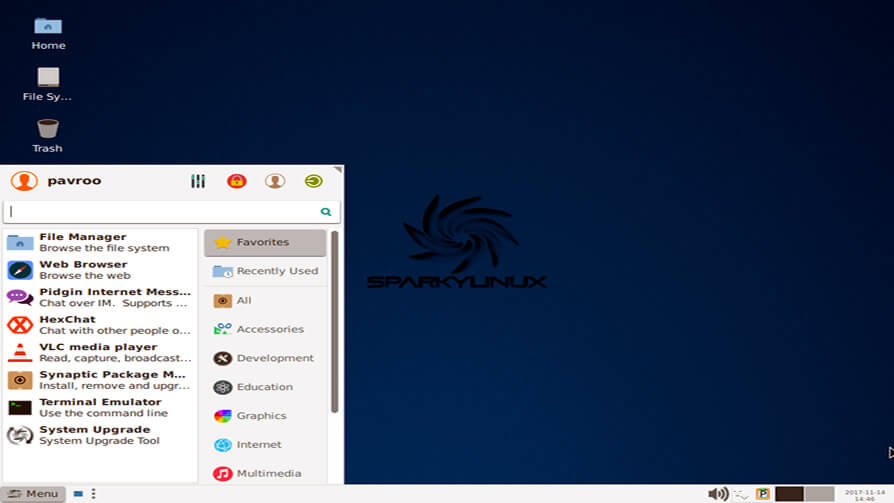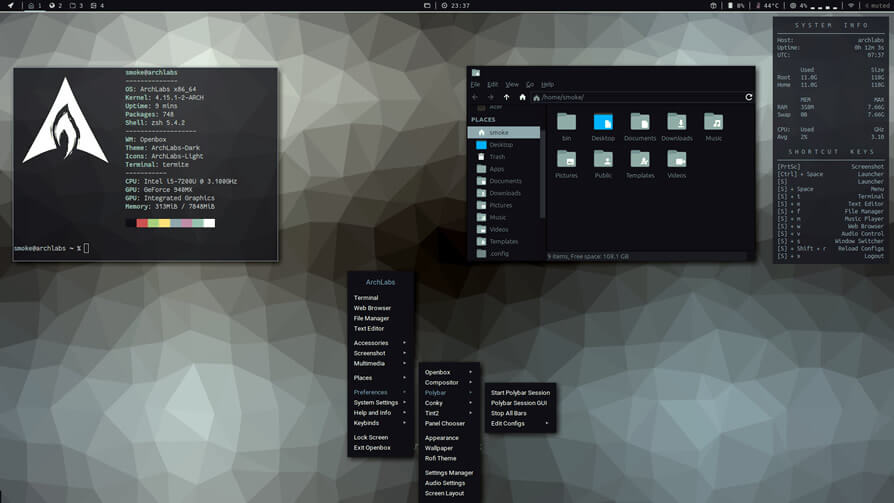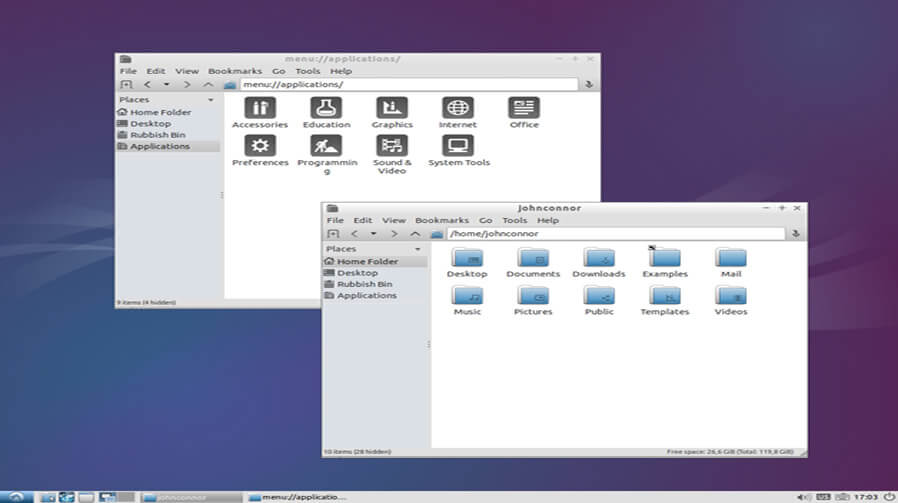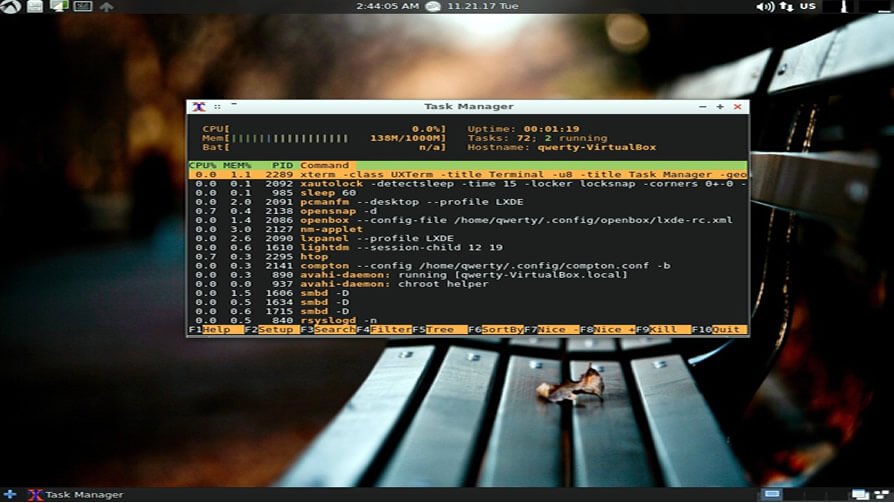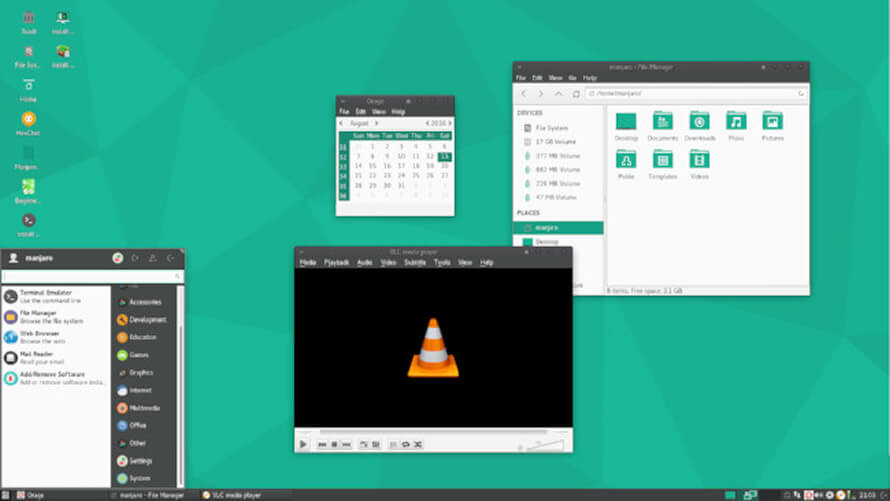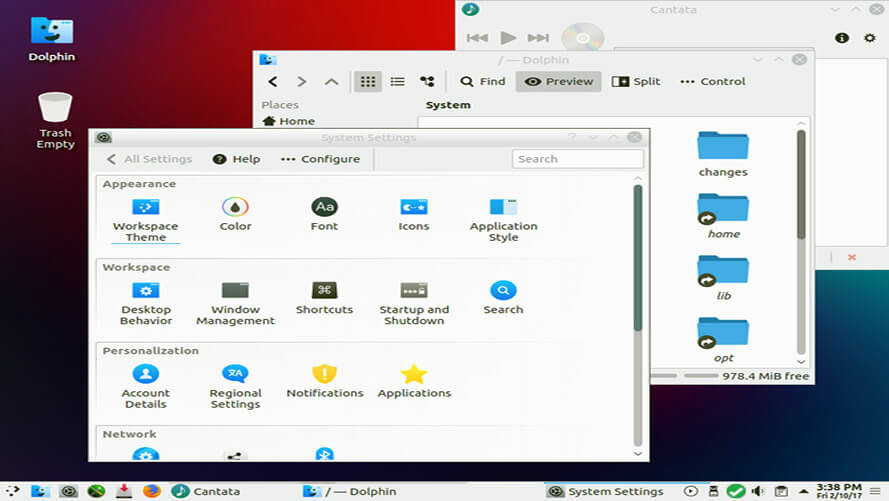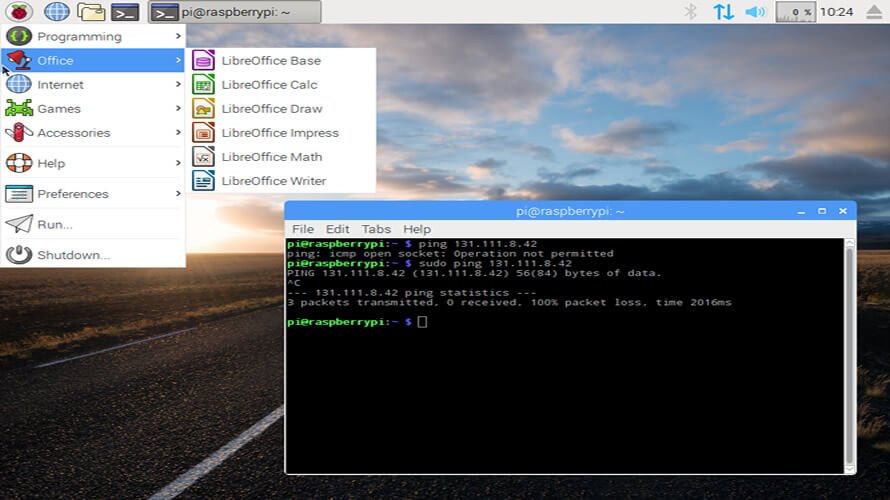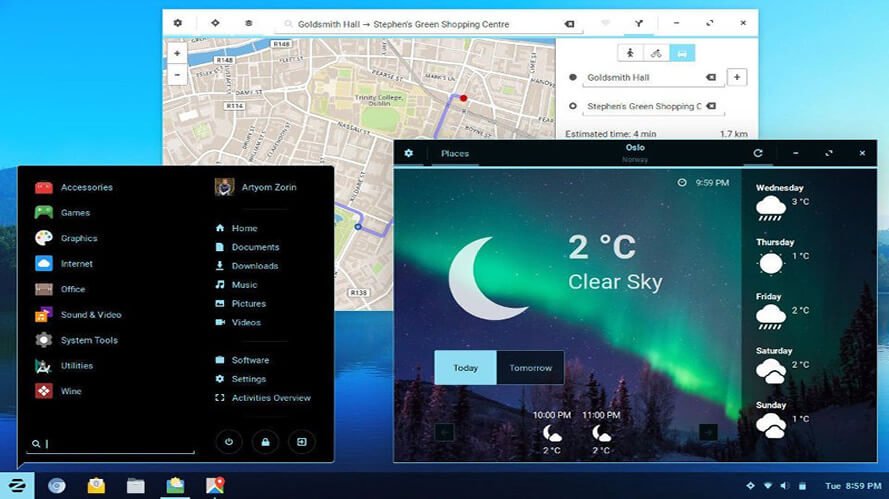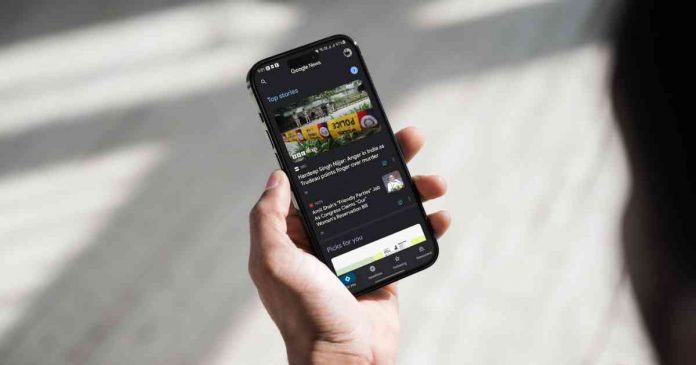Android hacking apps are becoming increasingly popular among ethical hackers and cybersecurity enthusiasts. These specialized apps allow users to conduct network scans, vulnerability assessments, and even penetration testing, all from the convenience of their Android devices.
Risks Associated with Using Android Hacking Apps:
Users must exercise extreme caution and be fully aware of the implications before diving into the world of Android hacking apps. This point-by-point analysis serves as a cautionary guide, outlining the multiple risks associated with the use of these specialized applications.
1. Data in Transit Vulnerability
- Man-in-the-middle attacks can compromise your data during transmission.
- Attackers can impersonate legitimate services to steal sensitive information.
2. Untrustworthy App Stores
- Lack of robust security protocols in third-party app stores.
- High risk of downloading malicious apps that can compromise your device.
3. SMS Trojans
- Malicious apps can send text messages with harmful links to your contacts.
- These links can distribute computer worms and incur fees, profiting scammers.
4. Lack of Encryption
- Insufficient encryption exposes you to network spying and data theft.
- Attackers can easily intercept and manipulate your data.
5. Permission Overreach
- Some hacking apps for Android request unnecessary permissions, exposing you to risks.
- Overreaching permissions can compromise your identity and privacy.
6. Legal Consequences
- Unauthorized hacking is illegal and can result in severe penalties.
- Using hacking apps for unethical purposes can lead to legal repercussions.
7. Device Instability
- Hacking apps can cause system instability and frequent crashes.
- Modifying system settings can lead to irreversible damage.
8. Data Loss
- Risk of losing important data during hacking attempts.
- Some hacking apps can wipe out data form your Android device as a countermeasure against hacking.
9. Malware Infection
- Downloading hacking apps from unverified sources can infect your device with malware.
- Malware can steal your data, monitor your activities, and even control your device.
10. Exposure to Cybercriminals
- Some hacking apps are developed by cybercriminals for phishing and fraud.
- Using such apps can expose your device and data to these criminals.
Note : Only For Educational Purposes
Listed applications are for educational purposes only. Do not try to use it if it’s not legal in your country. And also not use them to harm anybody or to gain unauthorized access to any account you do not own. Use this software only for analyzing your own security. I do not take any responsibility for anything you do using this application. Use at your own risk.
Android Hacking Apps on Google Play Store:
Google Play Store, being the official marketplace for Android apps, offers a range of hacking tools that have undergone some level of scrutiny. These apps are generally considered safer due to Google’s security checks, but users should still exercise caution and read reviews before downloading.
1. Fing
- Why this app: A comprehensive network scanner and analyzer for Android devices.
- For whom: Ideal for ethical hackers, IT professionals, and anyone concerned about network security.
- Download: Google Play
Fing is a robust network scanner designed to give you complete control over your WiFi network and it is a go-to solution for network diagnostics and security. The app offers a range of free tools and utilities, including WiFi and cellular internet speed tests, advanced device analysis, and network security alerts. It identifies all devices connected to your WiFi network with high accuracy, providing details like IP address, MAC address, device name, model, and manufacturer. Fing even goes a step further by offering port scanning, device ping, traceroute, and DNS lookup functionalities.
Apart from that Fing offers an optional Fingbox feature, which unlocks advanced network protection and smart home troubleshooting capabilities. From digital presence monitoring to bandwidth usage analysis, Fingbox provides an extra layer of security and control. While the app is incredibly useful for ethical hackers and IT professionals, its user-friendly interface makes it accessible for average users who want to secure their home networks.
2. Haven
- Why this app: A security application designed to protect personal spaces and possessions without compromising privacy.
- For whom: Ideal for journalists, human rights advocates, and people at risk of forced disappearance.
- Download: Google Play
Haven is an open-source Android app aims to redefine how we perceive security. It leverages the in-built sensors in Android devices to monitor and protect physical spaces. The app transforms any Android phone into a multi-faceted security system capable of detecting motion, sound, vibration, and even changes in light.
Designed with investigative journalists, human rights defenders, and those at risk of forced disappearance in mind, Haven offers a unique blend of security and privacy. It employs the world’s most secure communication technologies, like Signal and Tor, to ensure that the data it captures remains confidential. The app only saves images and sound when triggered by motion or volume, storing all data locally on the device. This local storage feature adds an extra layer of security, ensuring that your data is not easily accessible by third parties.
3. Orbot
- Why this app: Enhancing internet privacy and security through VPN and proxy services.
- For whom: For users concerned about online privacy, ethical hackers, and cybersecurity enthusiasts.
- Download: Google Play
Orbot, developed by The Tor Project serves as a free VPN and proxy application that aims to empower other apps to use the internet more securely. It leverages the Tor network to encrypt your internet traffic and then routes it through a series of computers worldwide. This intricate process not only enhances privacy but also defends against network surveillance techniques like traffic analysis.
Orbot sets itself apart by offering “Traffic Privacy,” ensuring that encrypted traffic from any app goes through the Tor network, thereby providing the highest standard of security and privacy. It also features a “Stop Snooping” function that prevents third parties from monitoring your app usage. Moreover, the app maintains “No History,” meaning there’s no central logging of your traffic history or IP address by your network operator and app servers.
4. Decrypto
- Why this app: A comprehensive tool for encrypting and decrypting text using various traditional ciphers.
- For whom: Ideal for cybersecurity enthusiasts, students, and professionals who need to understand or use encryption techniques.
- Download: Google Play
Decrypto, an Android cybersecurity app that serves as a one-stop solution for all your encryption needs. Decrypto offers a range of over 25 traditional cyphers, including the Caesar code, ASCII code, and the Vigenère code. Each encryption method comes with a brief history and explanation, making it an educational experience as well. But what sets Decrypto apart is its ability to decrypt messages even when the type of cypher used is unknown. The app employs a unique tool that tests all possible cyphers and displays the likely results based on a dictionary.
Another standout feature is the frequency analysis tool. This allows users to understand the number of occurrences of each letter in an encrypted text, aiding in more accurate decryption. The app even goes a step further by automatically replacing each letter in the encrypted message with the most probable letter based on frequency analysis. The app is a boon for those interested in cryptography.
5. Círculo 2.0
- Why this app: A secure digital space for individuals in high-risk professions to connect and communicate.
- For whom: Journalists, activists, and human rights defenders.
- Download: Google Play
The need for secure communication is more critical than ever, especially for journalists, activists, and human rights defenders. And Círculo 2.0 is designed to fill this gap. The aims to provide a safe digital space for these high-risk professionals. The app connects users to a reliable network of six peers, allowing them to establish protocols, send alerts, and keep their circle informed. It’s not just about sending SOS messages; it’s about creating a community of trust.
The app is rooted in the concept of wellness, aiming to mitigate burnout and trauma, which are common in these high-risk fields. This focus on well-being helps to reduce self-censorship, enabling individuals to work more freely and effectively. It offers a secure form of communication, enabling users to lean on their networks when facing harassment or violence.
6. OONI Probe
- Why this app: To measure and detect internet censorship, speed, and performance.
- For whom: Ethical hackers, cybersecurity experts, and concerned citizens.
- Download: Google Play
OONI Probe, a free software project under The Tor Project designed to measure various aspects of internet freedom and, has been instrumental in shedding light on internet censorship globally since 2012. OONI Probe allows users to examine the blocking of websites and instant messaging apps, measure network speed and performance, and even detect systems that could be responsible for censorship and surveillance.
The app features the ability to collect evidence of internet censorship. The network measurement data you collect can serve as verifiable proof of internet restrictions. Moreover, OONI Probe tests are designed to uncover the presence of systems, known as middleboxes, that could be responsible for censorship and surveillance. The app also offers open data, allowing third parties to verify OONI findings and conduct independent studies. This increases the transparency of internet censorship around the world. All OONI Probe tests are based on free and open-source software, ensuring that the app stays true to its mission of promoting internet freedom.
7. Photo Exif Editor
- Why this app: To take control of your photo metadata.
- For whom: Photographers, digital artists, and anyone interested in managing EXIF data.
- Download: Google Play
Do you know, the metadata attached to your photos can reveal more than you’d like. Use Photo Exif Editor, a specialized tool that puts you in the driver’s seat when it comes to managing your photo metadata. Photo Exif Editor serves multiple purposes. It allows you to view, modify, and even remove the Exif data of your pictures. Exif data, or Exchangeable Image File Format, contains various details about the photo, such as the camera model, aperture, and GPS location where the photo was taken. The app also doubles as a photo location changer and a GPS photo viewer. If you’re concerned about privacy, the app can strip all Exif tags, acting as an Exif remover or photo data stripper.
The user interface is straightforward, making it an easy-to-use tool for correcting missing information in your favorite photos. It also offers batch editing for multiple photos and supports various file types, including JPEG and PNG. The app even has a feature to convert HEIF, HEIC, and AVIF images to JPEG or PNG formats.
8. DriveDroid
- Why this app: DriveDroid simplifies the process of booting your PC from ISO/IMG files stored on your Android phone.
- For whom: Ideal for IT professionals, ethical hackers, and tech enthusiasts.
- Download: Google Play
DriveDroid allows you to boot your PC using ISO or IMG files stored directly on your smartphone. The app is helpful for those who often find themselves in need of different operating systems or rescue systems on the go. It comes with a built-in download menu that offers USB images of various operating systems like Mint, Ubuntu, Fedora, OpenSUSE, and Arch Linux. With around 40 different systems available, the app serves as a comprehensive repository for tech aficionados. It even allows you to create blank USB images, enabling a blank USB drive function. From your PC, you can then store files onto this virtual USB drive or use PC tools to write images to it.
However, it’s essential to note that the app requires root access to function. While tests have shown that most phones work seamlessly with DriveDroid, some may not be compatible right out of the box. The app also has a paid version that eliminates ads and offers additional features like resizing of images and adding your own download repositories.
9. PixelKnot
- Why this app: For secure and hidden messaging within images.
- For whom: Privacy enthusiasts, cybersecurity experts, and general users.
- Download: Google Play
PixelKnot offers a unique solution to keep your messages secure by allowing you to hide text messages within images — making it nearly impossible for anyone to detect the hidden content. PixelKnot employs a steganography algorithm known as F5, which uses matrix encoding to embed the message efficiently. The app ensures that even a trained eye would find it challenging to distinguish the edited image from the original. Adding an extra layer of security, PixelKnot allows you to password-protect the hidden message, ensuring it’s for your eyes only.
The app offers a user-friendly interface, allowing you to either take new photos or use existing ones from your gallery. Once the message is embedded, you can share the image across various platforms like email, Dropbox, and social media, without affecting the recoverability of the hidden message.
10. Wispr
- Why this app: Wispr offers a secure and private platform for messaging, audio/video calls, and file transfers.
- For whom: Ideal for individuals who prioritize privacy and security in their communications.
- Download: Google Play
Wispr employs cutting-edge technology to ensure that your messages and file transfers are secure at all times. The app also offers encrypted audio and video calls, elevating the standard of secure communication. One of its standout features is the use of Voice Over Blockchain Protocol (VOBP), which adds an extra layer of security to all forms of communication within the app.
The app is free to use and doesn’t compromise on quality, even on slow networks. It offers a user-friendly and intuitive design, coupled with low latency, making it a top choice for those who want to communicate without sacrificing their privacy.
11. Nmap Tools
- Why this app: A comprehensive utility for network scanning and security auditing.
- For whom: Network Administrators, Ethical Hackers, Cybersecurity Enthusiasts
- Download: Google Play
Nmap Tools is a comprehensive utility for network scanning and security auditing. This app is designed to assist network administrators and ethical hackers in identifying vulnerabilities within a network. It offers guide to a range of scanning techniques, including UDP, TCP Connect, TCP SYN (half-open), and FTP, making it a versatile tool for network analysis.
It uses raw IP packets in innovative ways to determine the hosts available on the network, the services they offer, and even the type of firewalls in use. This makes it an invaluable resource for tasks like network inventory management, service upgrade scheduling, and host monitoring.
12. Dataplicity
- Why this app: Simplifies remote access to your Raspberry Pi terminal.
- For whom: Ethical hackers, IT professionals, and Raspberry Pi enthusiasts.
- Download: Google Play
Dataplicity is designed to offer seamless remote access to your Raspberry Pi terminal. Unlike traditional methods that require dynamic DNS, port forwarding, or VPN, Dataplicity employs a secure websockets connection, making it highly effective even in environments with firewalls or NAT. You don’t need to enable SSH, telnet, or any other network services for the app to function. It’s a self-contained client that doesn’t open any network ports on your device. This makes it a secure and convenient option for those who are not tech-savvy but still want to manage their Raspberry Pi remotely.
Dataplicity also requires the installation of an agent on your Raspberry Pi, which you can easily find on GitHub. The agent doesn’t run as root, meaning you’ll need to request super user rights to gain full control over your device. This adds an extra layer of security, ensuring that your device is not easily compromised.
13. ConnectBot
- Why this app: A powerful tool for secure remote access.
- For whom: Ideal for IT professionals, sysadmins, and cybersecurity experts.
- Download: Google Play
ConnectBot is an open-source Secure Shell (SSH) client designed for Android devices. It’s a versatile platform that can handle multiple SSH sessions simultaneously. This feature is particularly useful for sysadmins and IT professionals who need to monitor various servers at the same time. The app has the ability to create secure tunnels, enhancing the security parameters of your remote connections.
14. Andronix
- Why this app: Turn your Android device into a Linux powerhouse.
- For whom: Tech enthusiasts, developers, and students.
- Download: Google Play
With Andronix, you can run a full-fledged Linux environment, complete with a graphical user interface, right on your Android device. With a simple and user-friendly interface, Andronix makes it easy to install various Linux distributions directly onto your Android device. Andronix works without requiring you to root your phone.
The app offers a wide range of Linux distributions, including Ubuntu, Fedora, and Kali Linux, giving you the freedom to choose the one that best suits your needs. Whether you’re a developer looking to code on the go, a student wanting to learn Linux, or a tech enthusiast keen on exploring the capabilities of Linux, Andronix has got you covered.
15. UptimeRobot
- Why this app: For real-time monitoring of your online services.
- For whom: IT professionals, website owners, and anyone interested in uptime monitoring.
- Download: Google Play
UptimeRobot keep you informed about the status of your websites, servers, and other online services. This app is the mobile version of the world’s leading uptime monitoring service, offering a range of features to ensure you’re the first to know when something goes awry.
UptimeRobot works by checking your services at one-minute intervals and notifies you via push notifications about any outages. The app is versatile, allowing you to monitor various aspects like website availability, SSL certificate expiration, port status, and even specific keywords on a webpage. It also has a feature for monitoring scheduled jobs, commonly known as cron jobs.
16. Anti Spy Detector
- Why this app: Protect your privacy from prying eyes.
- For whom: Ideal for anyone concerned about personal data security.
- Download: Google Play
Anti Spy Detector serves as a reliable guardian for your personal information. This app enables safeguarding your device from spyware, surveillance, and unauthorized access. The app offers real-time scanning capabilities that continuously monitor your device for any suspicious activity. It identifies and removes a wide range of threats, including spy apps, malware, and stalkerware. “Camera Protection” feature prevents unauthorized access to your phone’s camera, ensuring that you are not being watched without your consent.
17. NetGuard
- Why this app: A simple yet effective way to manage internet access for individual apps.
- For whom: Ideal for privacy-conscious users and those looking to reduce data usage.
- Download: Google Play
NetGuard serves as a no-root firewall, offering both simple and advanced ways to control internet access on a per-application basis. Unlike many other firewall apps, NetGuard doesn’t require root permissions, making it accessible to a broader range of users.
18. WIFI WPS WPA TESTER
- Why this app: To test the vulnerability and speed of your Wi-Fi Access Point.
- For whom: Ethical hackers, cybersecurity enthusiasts, and general users concerned about Wi-Fi security.
- Download: Google Play
WIFI WPS WPA TESTER serves a dual purpose — it assesses the vulnerability of your Wi-Fi Access Point and measures its speed. It’s a tool that aims to educate users about the potential security flaws in their network setup. The app performs a SpeedTest to evaluate your network’s performance, offering a comprehensive understanding of its capabilities.
For users with Android versions less than Pie (9) or rooted devices, the app enables testing of various WPS PIN attacks to gauge the security level of the Access Point. Post-assessment, the app provides valuable suggestions to enhance your network’s security. However, it’s crucial to note that this app should only be used on your own Access Point to stay within legal boundaries.
19. Change My MAC – Spoof Wifi MAC
- Why this app: Ideal for users who wish to change their device’s MAC address for security or testing purposes.
- For whom: Ethical hackers, cybersecurity experts, and IT professionals.
- Download: Google Play
Airports or railway stations, coffee shops or hotels, nowadays almost all public places offer free Wi-Fi. But most of them employ time limits to control the usage. But changing the MAC address of your Android would solve this problem. With this tool, you can easily spoof your device MAC address enjoy free unlimited Wi-Fi.
Additionaly, the app offers a range of features that make it a go-to solution for MAC address modification. You can manually input a MAC address or generate a random one, offering flexibility based on your needs. It also comes with a Profile Manager, allowing you to save MAC addresses for future use, thus saving you time. Additionally, the app keeps a history log of all the MAC address changes you’ve made, providing a comprehensive record for any troubleshooting or auditing needs.
20. IP Tools + security
- Why this app: A comprehensive toolkit for network analysis and security.
- For whom: Ethical hackers, IT professionals, and cybersecurity enthusiasts.
- Download: Google Play
IP Tools + security is a wide collection of tools that will help you to understand the network’s configuration, any potential issues, the availability of the network and its performance. The app offers a myriad of features, including network discovery across Class A/B/C and IP range definition. It also provides a complete list of Access Points, signal strength, and other WiFi-related information. For those concerned about security, the app performs real-time malware monitoring and traffic inspection. It even has a phishing education module to help users understand the risks involved.
21. NetMan
- Why this app: A comprehensive solution for network management on Android devices.
- For whom: Network administrators, IT professionals, and cybersecurity enthusiasts.
- Download: Google Play
NetMan assists you in all your network management needs. The app offers real-time monitoring for Telephony, Network Traffic, and Wi-Fi. It’s equipped with a Universal Scanner, Speed Test, Traceroute, and WhoIs query functionalities. It also includes advanced tools like an FTP Server and Client, Wi-Fi scanner and Analyzer, Nmap scanner, SQLmap Scanner, and Web Crawler, among others. Moreover, the app offers both normal and advanced modes for its tools, supporting various protocols like ICMP, TCP, UDP, SCTP, HTTP, and HTTPS.
22. Termux
- Why this app: A terminal emulator that brings the power of Linux to your Android device.
- For whom: Ideal for developers, ethical hackers, and Linux enthusiasts.
- Download: Google Play
Termux combines powerful terminal emulation with an extensive Linux package collection. It allows you to run a variety of shells like bash and zsh, manage files using utilities like nnn, and even edit them with text editors like nano, vim, or emacs. The app also enables you to access servers over SSH, develop in C language using clang, make, and gdb, and even use the Python console as a pocket calculator.
23. Admin Hand SSH/SFTP/FTP Client
- Why this app: A tool for network administrators offering SSH, FTP, SFTP, and Telnet functionalities.
- For whom: Network Administrators, IT Professionals, and Cybersecurity Experts.
- Download: Google Play
Admin Hands is engineered to perform a multitude of tasks, from SSH client services to FTP and SFTP client capabilities. It even offers Telnet terminal services, all wrapped up in a user-friendly interface compliant with Google’s Material Design. The app allows users to execute commands or scripts on multiple servers with just a single click. This makes it an invaluable asset for those who manage an array of servers.
Admin Hands also offers real-time monitoring and statistics, providing essential metrics like free RAM, disk space, CPU usage, and network usage. This feature is further enhanced by an Android widget, making it convenient for users to keep an eye on their servers. Security is another strong suit of Admin Hands. It comes with a secure password manager encrypted with AES-256, ensuring that your sensitive information remains confidential.
That’s it for now, we will soon update this list with more available ethical hacking tools from Google Play Store.



















